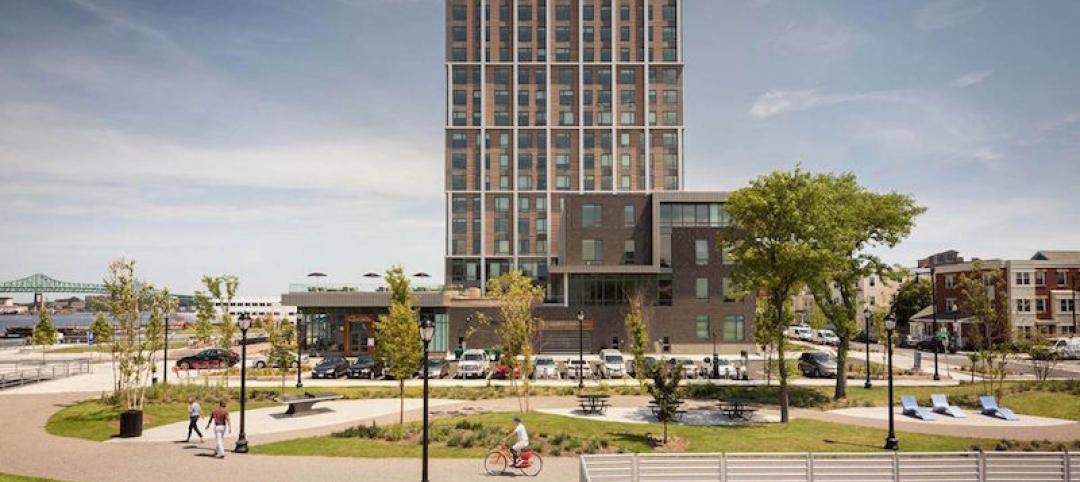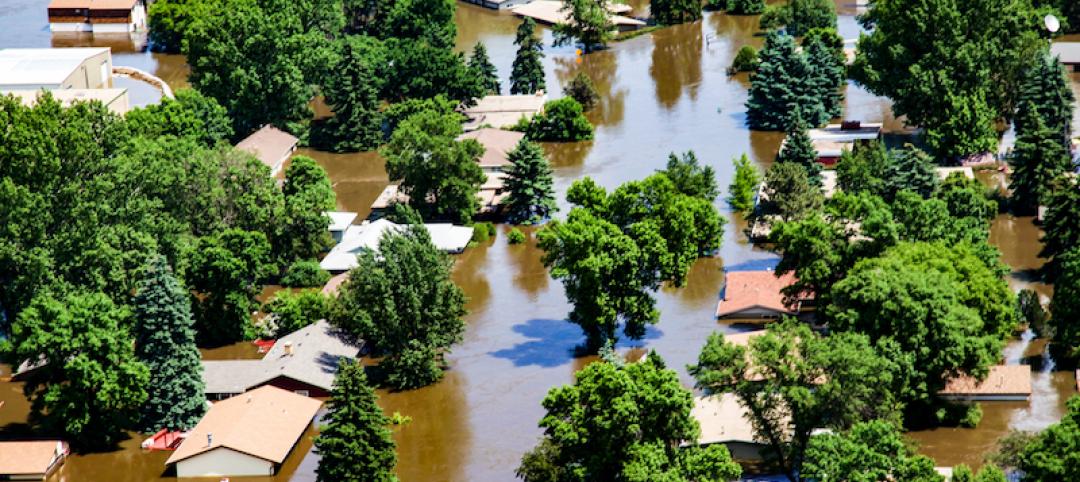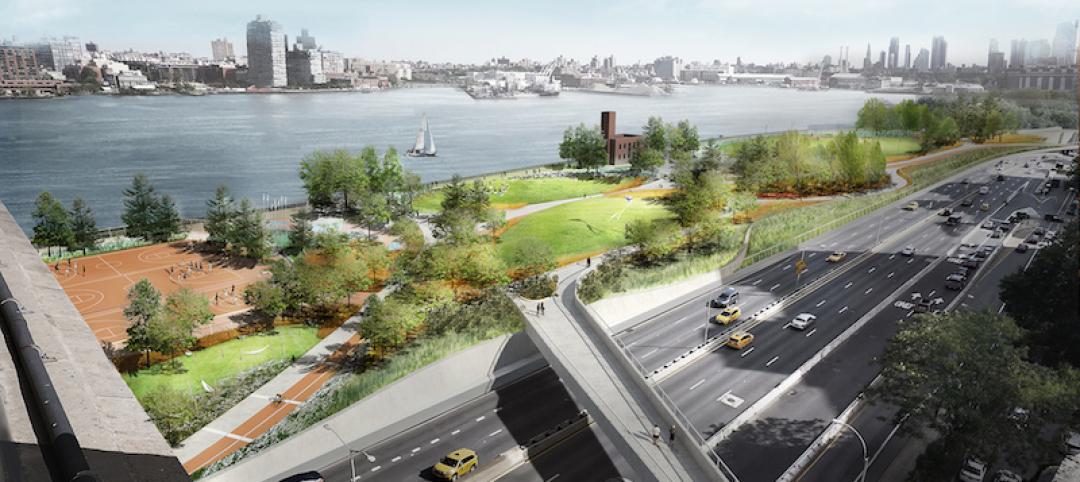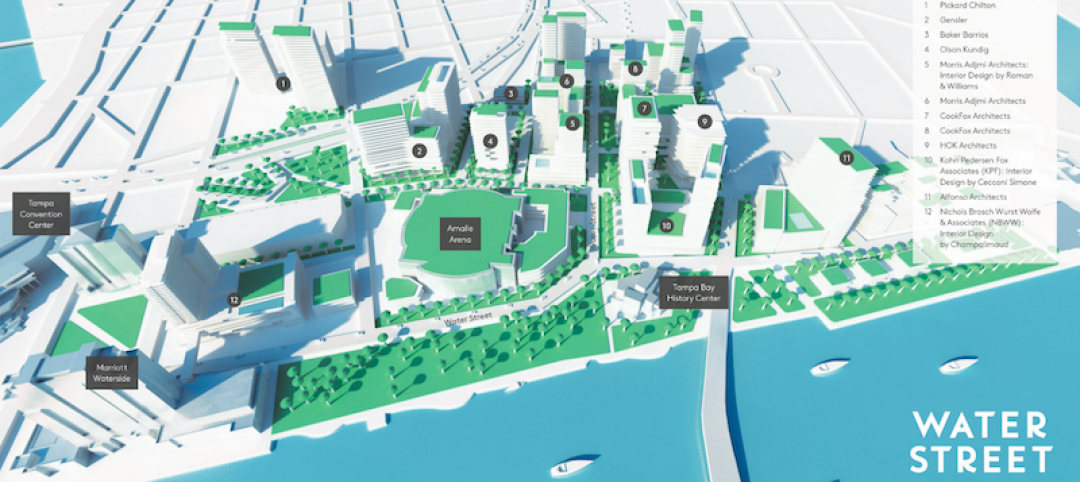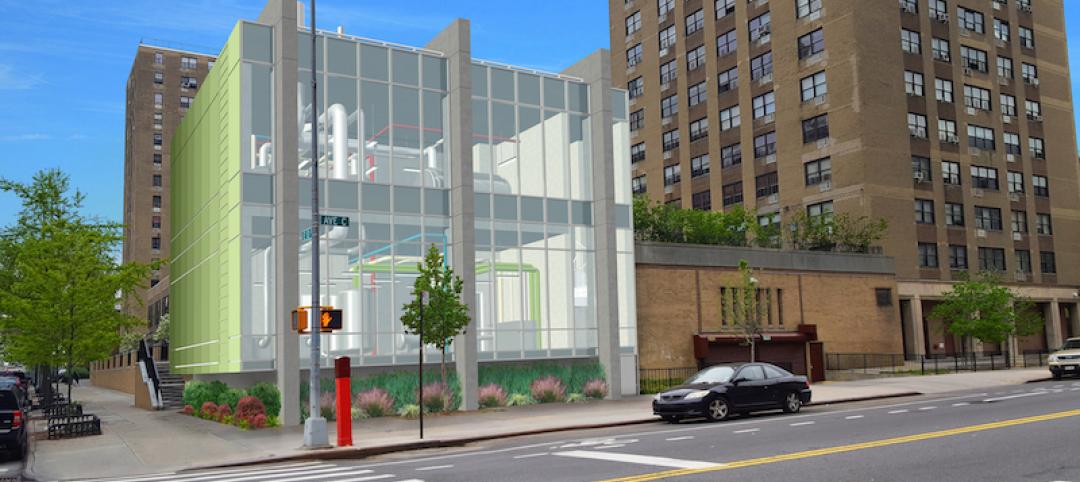The Federal Emergency Management Agency recently sent a letter to officials in Lee County, Florida alleging that hundreds of homes were rebuilt in violation of the agency’s rules following Hurricane Ian. The letter provoked a sharp backlash as homeowners struggle to rebuild following the devastating 2022 storm that destroyed a large swath of the county.
The controversy stems from how subsidized flood insurance from FEMA is administered. FEMA insurance comes with the stipulation that if a home in a flood zone suffers damages worth more than half of its value, it must be torn down and rebuilt so it’s elevated above flood level. This is an expensive proposition for homeowners, but it is intended to prevent U.S. taxpayers from paying for repeated destruction of homes in vulnerable locations.
It is up to local officials in damaged zones to enforce this rule, which is a condition for FEMA to provide discounted flood insurance to homeowners. FEMA’s letter to Lee County threatened to revoke the insurance discount, alleging that the county was lax in enforcing the rebuilding rule.
County officials received angry complaints from constituents and considered suing the agency in a heated meeting. In the aftermath, FEMA gave the county an extra 30 days to make the case that it hadn’t allowed homeowners to rebuild in violation of its rules.
FEMA’s letter indicates a change in the federal government’s mindset in that it is now prepared to crack down on continued risky construction in floodplains. How this situation plays out in Lee County will be watched closely by officials in other coastal areas vulnerable to storm damage and flooding. It may be a harbinger of how FEMA will address rebuilding efforts in the future.
Related Stories
Resiliency | Nov 15, 2017
Resilient design for waterfront buildings: a real estate win-win in vulnerable area
The developer sees resilient developments achieving top-of-market pricing, faster leasing, higher renewal, and higher occupancy rates.
Greenbuild Report | Oct 18, 2017
Rebuild, retreat, or resist
Hurricanes Harvey and Irma expose the necessity—and limitations—of resilient design and construction measures.
Resiliency | Oct 18, 2017
Cities weigh relocations as part of their defenses against natural disasters
Convincing people to relocate can be a psychological hurdle.
Resiliency | Oct 16, 2017
The race to codify resilience design
An array of guidelines and standards coming from all kinds of sources are jockeying for position to stamp their imprint on resilience best practices and, potentially, new codes.
Resiliency | Oct 13, 2017
Resiliency takes center stage in new projects around the country
Projects like these, where resilience is central to their design and construction, are becoming more commonplace.
Resiliency | Sep 27, 2017
The East Side Coastal Resiliency Project will span 2.5 miles of Lower Manhattan
The project will safeguard the Lower East Side against severe weather and rising sea levels.
Codes and Standards | Sep 11, 2017
Natural solutions would be most effective flood resilience policies for Houston
New green infrastructure should be part of rebuild.
Mixed-Use | Aug 30, 2017
A 50-acre waterfront redevelopment gets under way in Tampa
Nine architects, three interior designers, and nine contractors are involved in this $3 billion project.
Resiliency | Jun 7, 2017
New disaster-resilient infrastructure building and upgrades hope to keep Haven Plaza up and running
The affordable housing complex was hit hard during Hurricane Sandy, leaving residents without electricity or water.
Codes and Standards | May 30, 2017
Florida preparing to adjust to new building elevation requirements
New floodplain maps and state code changes loom.



